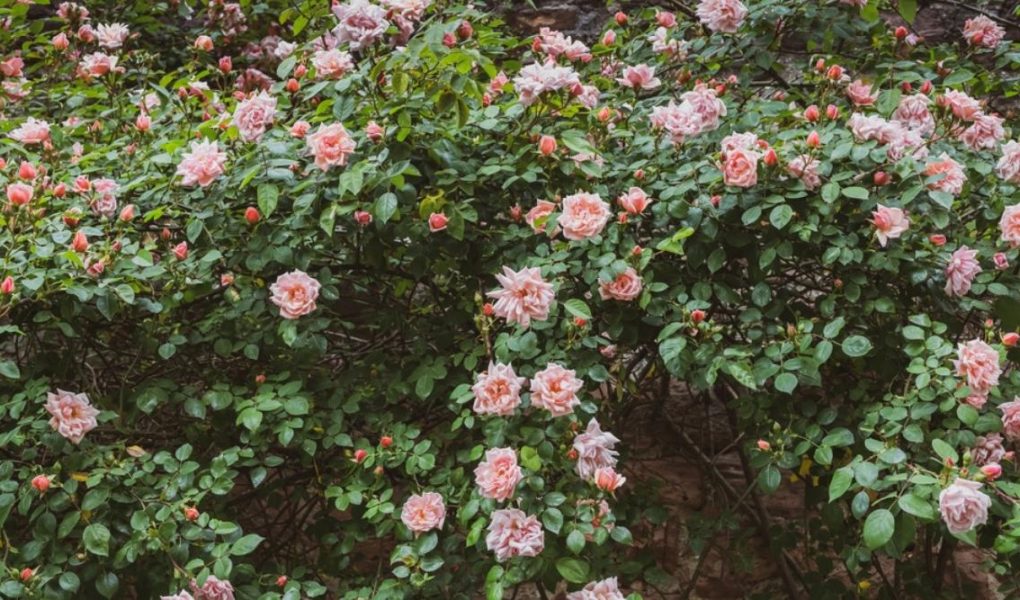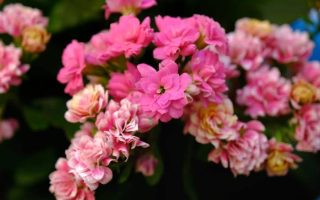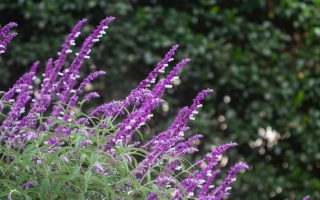marwaarsanios.info – The Climbing Rose is a beloved flowering shrub that adds a touch of romance and elegance to any garden or landscape. Known for its ability to climb walls, fences, trellises, and arbors, the climbing rose creates dramatic vertical displays of color and fragrance. With its vigorous growth and stunning blooms, this climbing variety of the rose is a favorite among gardeners looking to add both beauty and structure to their outdoor spaces. Whether cascading over a trellis or adorning a garden arch, climbing roses offer a timeless and classic charm that is hard to resist.
Botanical Description
Climbing roses belong to the Rosaceae family and are a group of roses characterized by their long, arching canes that can grow 8 to 20 feet or more, depending on the variety. These roses produce a profusion of flowers in a variety of colors, including red, pink, white, yellow, and purple, with many varieties displaying rich fragrances. The blooms can range from small, single-petal flowers to large, multi-petaled blooms, often resembling the classic hybrid tea rose in form.
The foliage of climbing roses is typically deep green, with a glossy finish, and the plant can produce clusters or individual flowers, depending on the variety. Some climbing roses bloom only once during the season, while others are repeat bloomers, flowering multiple times from late spring to fall.
The stems of climbing roses are flexible but strong enough to support their weight as they grow, and they usually require some form of support to keep them upright. The thorns on climbing roses are also more prominent than on bush-type roses, which gives them a rugged, textured appearance.
Habitat and Growth Conditions
Climbing roses thrive in USDA hardiness zones 5 to 9 and prefer well-drained, fertile soil. They require full sun—at least 6 hours per day—to produce the best blooms, although they can tolerate some afternoon shade in hotter climates. The soil should be slightly acidic to neutral, with a pH range of 6.0 to 6.5. Good air circulation around the plant is important to prevent fungal diseases, so spacing the plants appropriately is essential.
These roses are adaptable to various growing conditions but are best suited for areas that receive consistent moisture, especially during the growing season. However, they do not like to sit in wet soil, and good drainage is necessary to avoid root rot. Mulching around the base of the plant helps retain moisture, regulate temperature, and suppress weeds.
Cultivation and Care
Caring for climbing roses requires some attention to detail, but with the right care, they can thrive and bloom abundantly for many years. Here are the key steps for growing and maintaining climbing roses:
- Planting: When planting climbing roses, choose a location with ample sunlight and good air circulation. Dig a hole that is large enough to accommodate the root system and add organic matter like compost to enrich the soil. Plant the rose slightly deeper than it was in the pot, ensuring the graft union is at soil level.
- Support Structures: As climbing roses require support, it is important to provide sturdy structures such as trellises, fences, or arbors. Make sure the support is strong enough to withstand the weight of the growing plant. As the rose climbs, gently tie the canes to the support with soft ties, being careful not to damage the stems.
- Watering: Climbing roses need regular watering, especially during dry periods. Water deeply at the base of the plant to encourage deep root growth. Avoid overhead watering to keep the foliage dry, which can help prevent fungal infections. Watering early in the day allows the leaves to dry out before nightfall.
- Fertilizing: Fertilizing climbing roses is important for promoting strong growth and abundant blooms. A balanced, slow-release fertilizer can be applied in early spring as the plant begins to show new growth. You can also apply a liquid fertilizer every 4 to 6 weeks during the growing season. Be cautious not to over-fertilize, as this can result in excessive foliage growth at the expense of flowers.
- Pruning: Pruning is a vital part of maintaining climbing roses and ensuring continued health and beauty. The best time to prune climbing roses is in late winter or early spring, before new growth begins. Remove any dead, damaged, or diseased wood and trim back any overly long canes to encourage new growth. For repeat-blooming varieties, deadheading spent flowers throughout the season can help promote additional blooms.
- Pest and Disease Control: While climbing roses are relatively hardy, they can be susceptible to a few pests and diseases, such as aphids, black spot, and powdery mildew. Regularly inspect the plant for signs of stress and treat any pest or disease problems promptly. Using organic pest control methods like insecticidal soap or neem oil can be effective, and good air circulation helps prevent fungal issues.
Symbolism and Cultural Significance
Roses, including climbing roses, have long been symbols of love, passion, and beauty. In many cultures, roses are given as gifts to express romantic feelings, and climbing roses, with their ability to grow high and strong, are often associated with the idea of enduring love and devotion.
In Victorian symbolism, roses were used to communicate messages of affection, with different colors representing different meanings. For example, a red rose symbolized passionate love, while a white rose represented purity. Climbing roses, due to their graceful, cascading growth, are also seen as symbols of reaching new heights and spiritual growth.
In medieval times, climbing roses were often planted around homes and gardens as an expression of love and fidelity, and they were believed to protect the household from evil spirits.
Ecological Benefits
Climbing roses not only offer aesthetic value but also provide ecological benefits. Their flowers attract a variety of pollinators, including bees, butterflies, and hummingbirds, which help support biodiversity in the garden. In addition, the plant’s dense foliage can provide shelter for small birds and beneficial insects.
The roots of climbing roses also help to stabilize the soil, particularly when planted on slopes or embankments. While roses do not have as extensive a root system as some other plants, they still contribute to the prevention of soil erosion.
Ornamental Uses
Climbing roses are highly valued for their ornamental appeal and are a fantastic addition to vertical garden designs. They can be trained to climb over trellises, fences, pergolas, and arbors, creating beautiful focal points in the garden. The cascading blooms provide an instant vertical burst of color, making them ideal for enhancing gates, pathways, and garden entrances.
In addition to their use as climbing plants, climbing roses can also be grown in containers and pots, where they can be trained to grow up a trellis or be allowed to cascade over the edges. When grown on a support structure, climbing roses can create a stunning garden archway, offering both beauty and shade.
Climbing roses also make great cut flowers. Their large, fragrant blooms are perfect for creating bouquets, centerpieces, and floral arrangements, bringing a touch of classic elegance to any occasion.
Conclusion
Climbing roses are one of the most enchanting and versatile plants for gardeners who wish to add beauty, structure, and fragrance to their outdoor spaces. With their dramatic growth, stunning flowers, and rich symbolism, climbing roses create a timeless elegance in gardens of all sizes. Whether used to adorn a trellis, cascade over an arbor, or frame a doorway, climbing roses offer a sense of romance and grace that is hard to match. With proper care, these remarkable plants will continue to bloom year after year, providing enduring beauty and joy.




